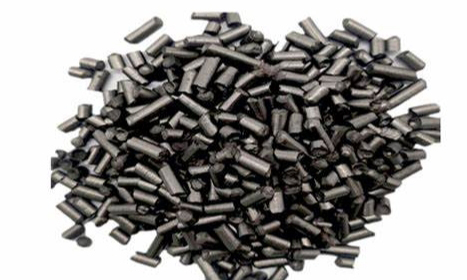
It is used to improve the strength and durability of steel and iron. Carbon additive is used to make high-strength alloys in steelmaking and metallurgy. It is typically added to molten metals during melting and casting. You can adjust the chemical makeup of steel to fit a particular purpose.
These alloys are also enriched with manganese, chromium, and other elements. These are used to provide anti-corrosion properties and improve the wear resistance of steel. When used in harsh environments like acids, chrome is commonly added to help prevent corrosion. Manganese helps increase abrasion. Nickel alloy steels have excellent strength and are suitable for use at extremely low temperatures.
Some types of steels are more suitable for AM than others due to temperature effects on their microstructures, as well as the precipitation and response of element additives. Unalloyed carbon steel, for example, can age due to nitrogen and carbon atoms. As a countermeasure, most unalloyed alloy steels contain nickel-aluminum (a form of nitrogen) to combat this. The steel is then able to deoxidize and denitrify at lower temperatures, while also increasing its tensile and yield strengths, hardness and strength.

Tool steel is a good example of an alloy steel specially developed for AM. To make the steel hard and durable, it's usually alloyed tungsten with molybdenum. A steel’s heat resistance plays a crucial role in preventing it from being tempering. Tempering reduces its strength.
For the purpose of this study, we tested EBM-processed samples of high-carbon martensitic stainless steel (HCMSS) containing 1.9 C, 20.0 Cr, 1.0 Mo, 4.0 V and 73.1 Fe (wt%). The optical microscope was used to analyze the wear surfaces of these test specimens. The surface of test specimens showed slip bands and plastic deformation to the steel matrix. 5e). This reorientation also indicates that the predominant wear mechanism was abrasion.
Results of wear tests revealed that the predominant wear mode was abrasion. There was however no oxidation on the worn surface and material was not transferred to the alumina. It is because the main cause of abrasion in this case was plastic deformation, not cracking or cleavage. Abrasion under an inert environment causes much greater damage and corrosion.

Write a Message